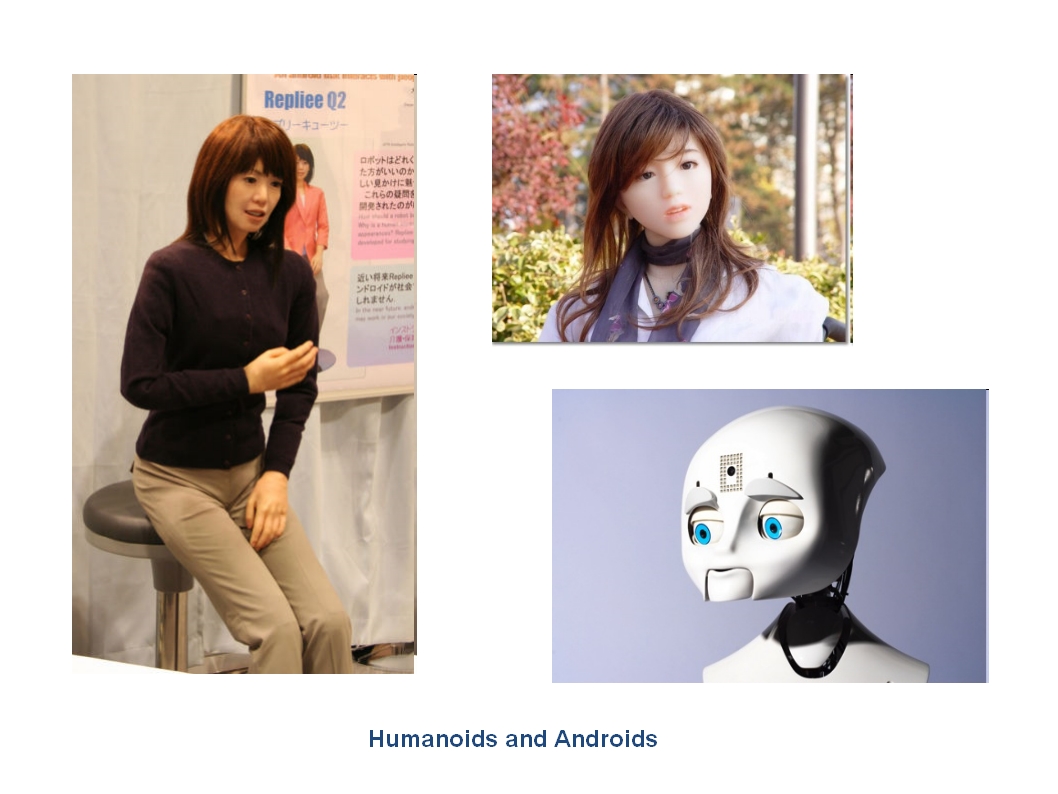The value and purpose of intelligence or human-like appearances remains unresolved. The emphasis on these factors varies significantly in design and development of humanoids or androids. For example, humanoids enjoy great popularity in Japan, but there is little evidence that such robots are expected to perform intelligently in the ordinary sense of the term. Rather, they are look-a-likes, perform courtesies, play sexy, or are simply just fun. In other words, they play on our willingness to suspend our disbelief, to play and enjoy ourselves in the company of impressingly sophisticated dolls. As such, they are great publicity stunts, exhibited at conventions, on TV, or in fashion shows like HRP-4C who joined the catwalk at the Japan Fashion Week 2009 in Tokyo:
We also see how the dream of fully autonomous intelligent machines finds expression in science fiction such as "I Robot" or "Terminator". Again, the make-belief is achieved in masterful craftsmanship of "special effects" as it did in the 1700s. But, perhaps the most prominent manifestation of this make-belief is found in animated films and commercials. What is particularly noteworthy about that development is the particular kind of play on human-like appearances which is only possible in computer animation with heritage in cartoons and caricature, rather than photo-realism. Examples of that are some of the films produced by the Pixar Animation Studios (e.g. "WALL · E" 2008), the Mitsubishi commercial, "MITSUBISHI: Robot Factory", or the iMac G4 TV commercials from 1999 and 2001:
